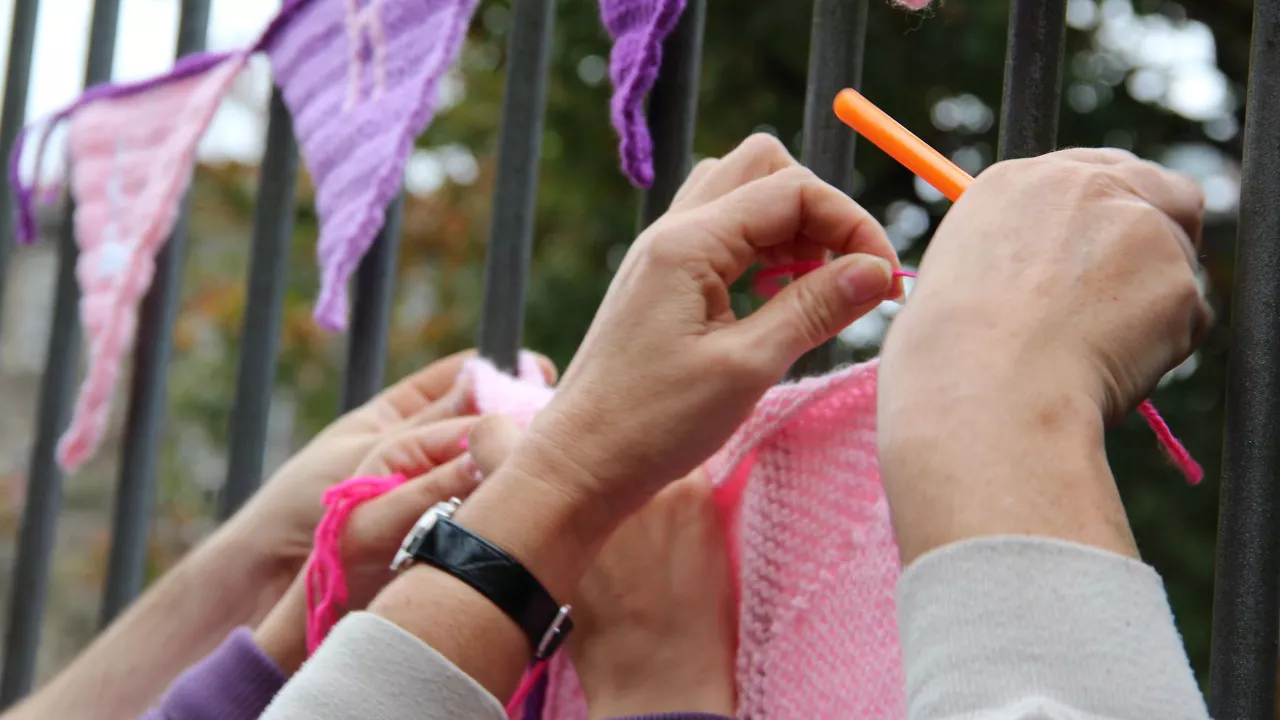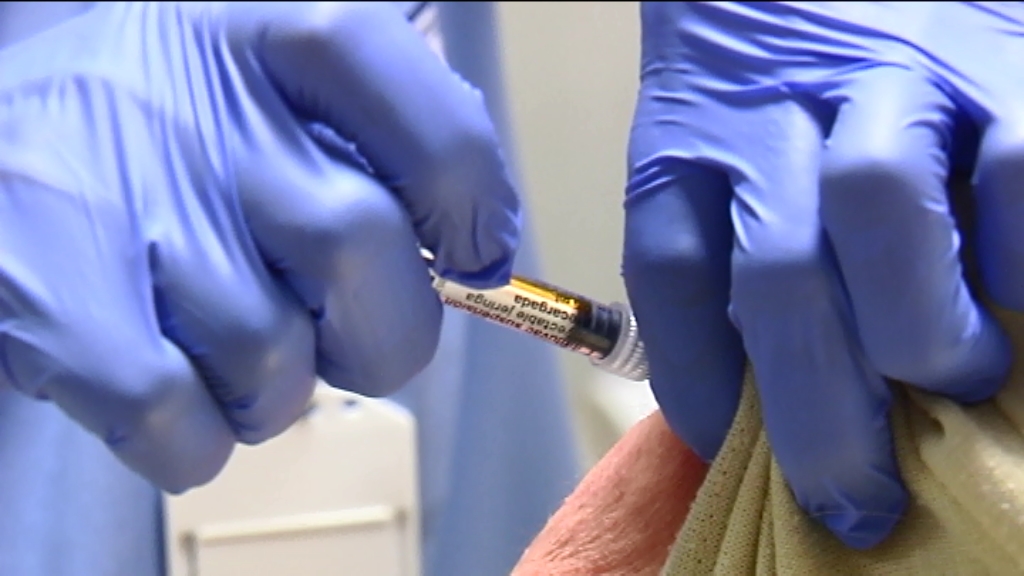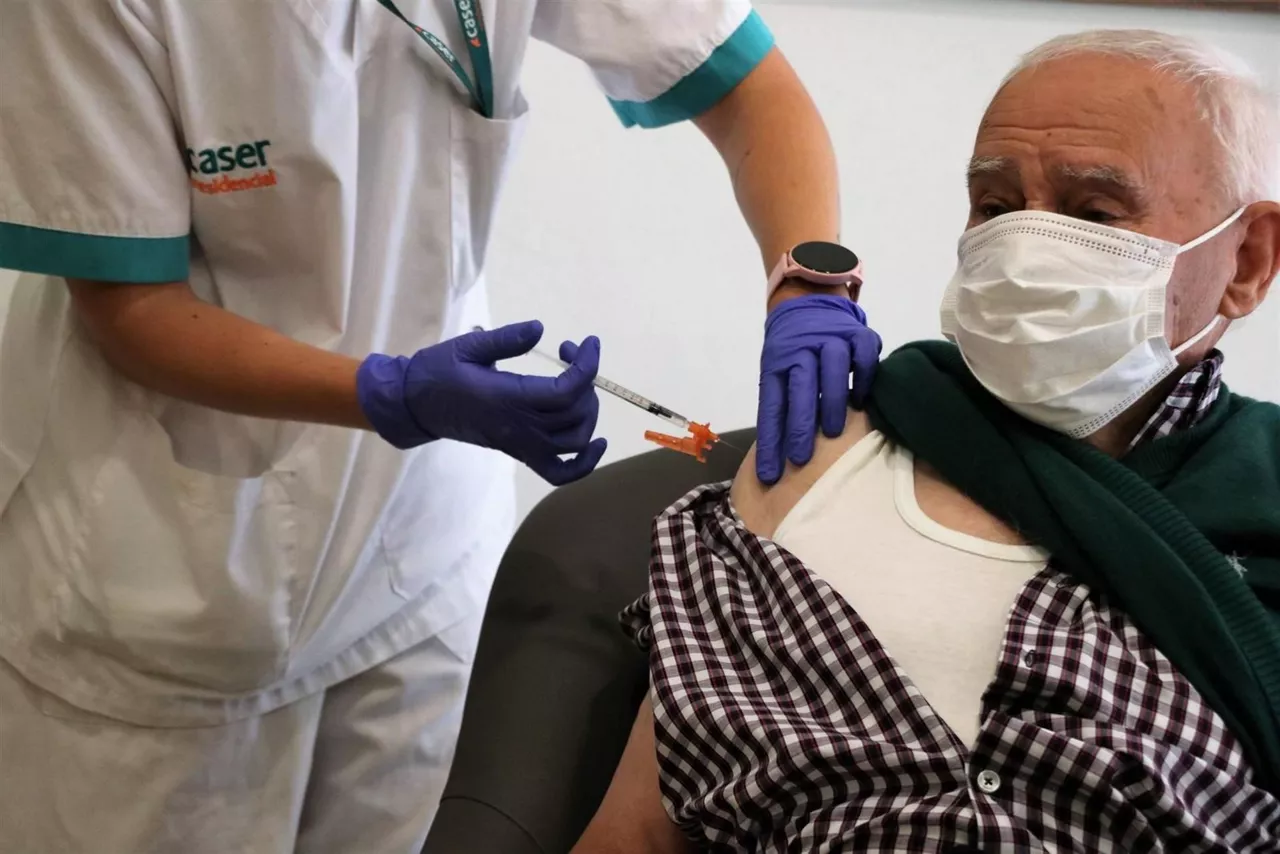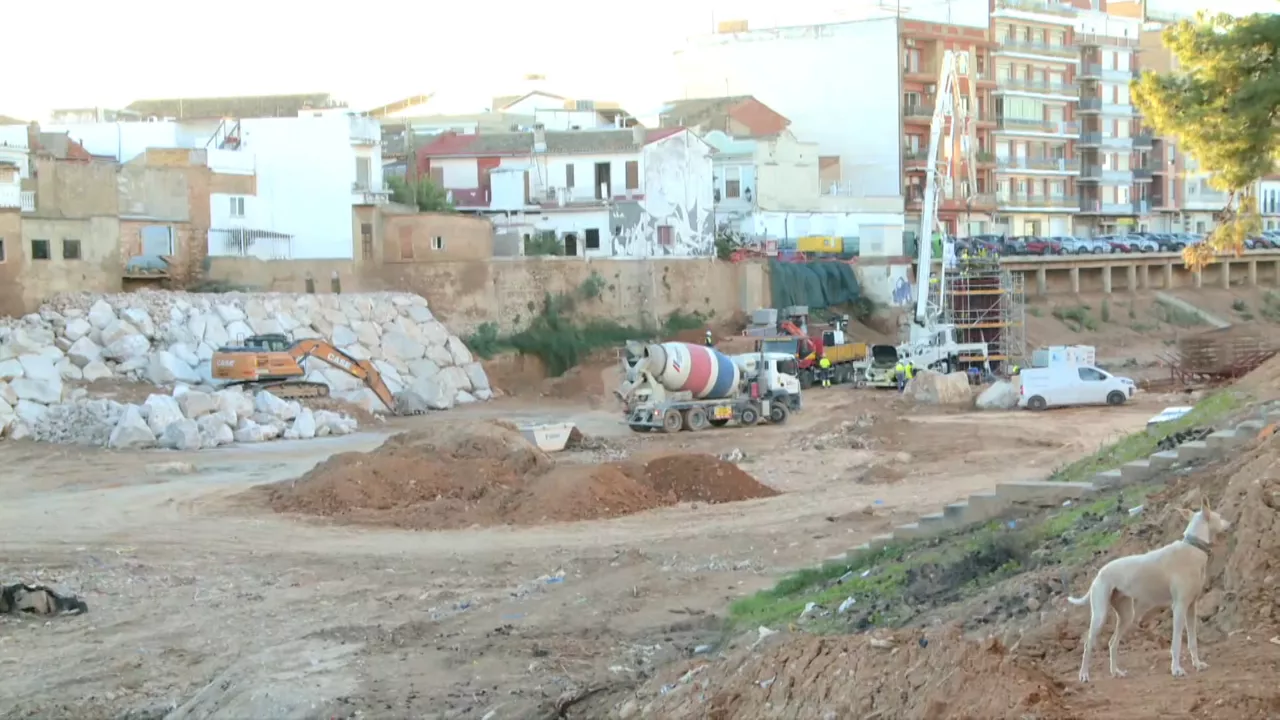Almost half of the women between the ages of 16 and 85 living in the Basque Country have ever experienced some form of male violence
The main conclusion drawn from a survey carried out by the Basque Government on male violence is clear: male violence is present in the lives and daily lives of women living in the CAE, not only in the area of partner, family, work or education, but also in the virtual environment.

48.2% of women between the ages of16 and 85 living in the Basque Country (449,295 women in particular) have suffered some form of violence at some point (physical - including threats - sexual and/or psychological) simply becausethey are women, whether in or outside partner relationships, and 7.4% (68,949) have suffered this violence in the last year.
To give just a few examples: half of those women who go with you in your office or in your workshop, in your neighborhood, on the bus, you see them at the supermarket, you sit at the same table at a family meal, or you see them at the bar, have suffered male violence at some point in their lives, or are now suffering it, whatever kind of male violence.
This is the core conclusion drawn from the first official survey carried out bythe Basque Government on violence against women and other forms of interpersonal violence in 2024, in which 4,500 women aged 16 to 85 have been taken as representative samples and extrapolated data from in-depth surveys of them.
During the period of the study, 932,679 women aged 16 to 85 lived in the Basque Country, 884,776 of whom have had some kind of partner relationship.
The report released this Friday explains the prevalence of different types of male violence suffered by women in the Basque Country, such as physical, sexual or psychological violence, distinguishing between age groups (16-29, 30-44, 45-64, 65-85) and other sociodemographic characteristics.
According to the report, 29.4 per cent (260,726) of women who have had a partner have suffered some form of violence in their partner relationships (physical - including threats, sexual and/or psychological).
13.5 per cent of women who have ever had a partner have experienced physical violence (including threats) in the couple at some point in their lives, and 15.7 per cent (146,651 women) have suffered physical violence (including threats) outside the couple.
Withregard to sexual violence, 8.3 per cent of women (73,743) have experienced it within the couple and 26.1 per cent (243,494) outside the couple.
The most common acts of sexual violence in the couple are rape, "forcing them to have unwanted sexual intercourse", either because they are afraid of the consequences if denied (5.9 per cent) by threatening, tying or hurting them (4.1 per cent).
The most common acts of sexual violence outside the scope of the couple are related to touches of the genitals, breasts, buttocks or lips when the woman did not want to (24.4 per cent). Apart from touches against the will of the woman, 7 per cent of women report having been forced or attempted to have sexual intercourse at some point in their lives.
In 18.6 per cent of cases outside the area of contact, the aggressor was an unknown person; in the other cases, sexual violence has occurred in nearby environments (school, neighbourhood, group of friends), 7.7 per cent of cases, by a relative (2.4 per cent) or in the workplace (1.4 per cent), and 14.2 per cent of women have experienced sexual violence in different areas.
Psychological violence within the couple affects 28.6 per cent of women (253,788), while 9.5 per cent (84,478 women) report having feared for their partner or ex-partner in the past year.
The report specifies that men who have used physical violence against their partners or ex-partners often also use psychological violence, as has been the case in 94.6 per cent of cases, and 6.8 per cent of victims have suffered male violence from more than one ex-partner.

Sociodemographic characteristics of male violence
The data in this report show that violence affectswomen of all ages , but the rate is higher among women aged 30 to 44 (62.3 per cent) and between 16 and 29 (55.8 per cent), while the lowest rate is among women aged 65 to 85 (30.2 per cent).
Thus, the likelihood that younger women will suffer some form of violence within and outside the couple, especially sexual and psychological violence, seems to be higher, as their prevalence rates far exceed the average rate. However, it should be borne in mind that older women's rates may show a lower rate than they actually are, because, conditioned by the education they have received, they may find it more difficult to report violence.
The data indicate that persons withdisabilitiesof 33 per cent or more who are recognized and/or who have severe limitations on carrying out daily life activities are slightly more likely to suffer violence than other women (49.8 per cent and 48 per cent, respectively).
Withregard to nationality, the proportion of women of non-Spanish nationality who have ever suffered violence by their partner or other person is much higher than that of Spaniards (61.1 per cent and 46.8 per cent, respectively).
Differencesare also observed according to the level of education, but the data do not allow a linear relationship to be inferred. The same is true of the prevalence data according tothelevel of monthly household income net. However, violence appears to affect women in both high and low incomes, although the prevalence is somewhat higher in low-income households.

You might like
The driver of a van has been seriously injured when a train collided with his vehicle in Zalla
As a result of the accident, the train has derailed, but apparently none of the passengers have been injured.

A working ertzaina has tested positive for drugs after colliding with the Ertzaintza car against another vehicle
Inside the car was a man with a plastered leg (driver), a child and a woman. The first two have been taken injured to the hospitals of Cruces and Basurto. The Ertzaintza has taken precautionary measures and this officer will perform internal work until the result of the contranalysis is received and the facts clarified.
Two 12-year-old girls at a school in Vitoria-Gasteiz are investigating a sexual assault on a 6-year-old girl
The Juvenile Prosecutor's Office has referred the case to the Provincial Council of Álava on the grounds that the two alleged perpetrators are not imputable.
Emakume bat hil da Erriberrin gertatutako auto istripu batean
Gidatzen zuen autoak erdibidea pasatu eta kontrako norabidean zetorren kamioi baten aurka jo du. Emakumea tokian bertan hil da eta kamioiaren gidaria arin zauritu da.

Why did the flu advance this year?
Pello Latasa , head of epidemiology surveillance at the Department of Health of the Basque Government, explains that the incidence cases of these weeks may be the beginning of the seasonal flu epidemic or a pre-epidemic upturn. This year's scum is the key to the incidence of influenza this year.

What's going on with the Covid virus this fall?
Pello Latasa , head of epidemiological surveillance at the Department of Health of the Basque Government, says the Covid-19 virus is still among us, but it is "more or less stable circulation."

Osakidetza dealt with about 7,500 cases of stroke in 2024, more than half of them in people over 75
Although the number of cases has decreased slightly compared to previous years, the most important figure is the continuous reduction in mortality, with an average annual decrease of 2.8 percentage points over the last decade.

Schools in barracks, homes without elevators... Slow reconstruction after GOIDI
On 29 October 2024, the ravages caused by an upper depression devastated much of the province of Valencia. GOIDI destroyed lives, houses, premises, bridges... in more than a hundred villages. Those affected exceed 300,000 and the economic damage to infrastructure is incalculable.

Almost six out of 10 women aged 16 to 85 living in the Basque Country have ever been sexually or continuously harassed
The Basque Government has presented the results of the second part of its study on violence against women throughout their lives, which this time includes the analysis of workplace harassment, sexual harassment, continued harassment and cyberharassment.

Enekuri's entrance to Bilbao collapsed as a result of an accident on the BI-11 road
Several vehicles have collided and a lane has been cut at kilometre 5 of the BI-11 road, causing long delays at the entrance to Bilbao.

